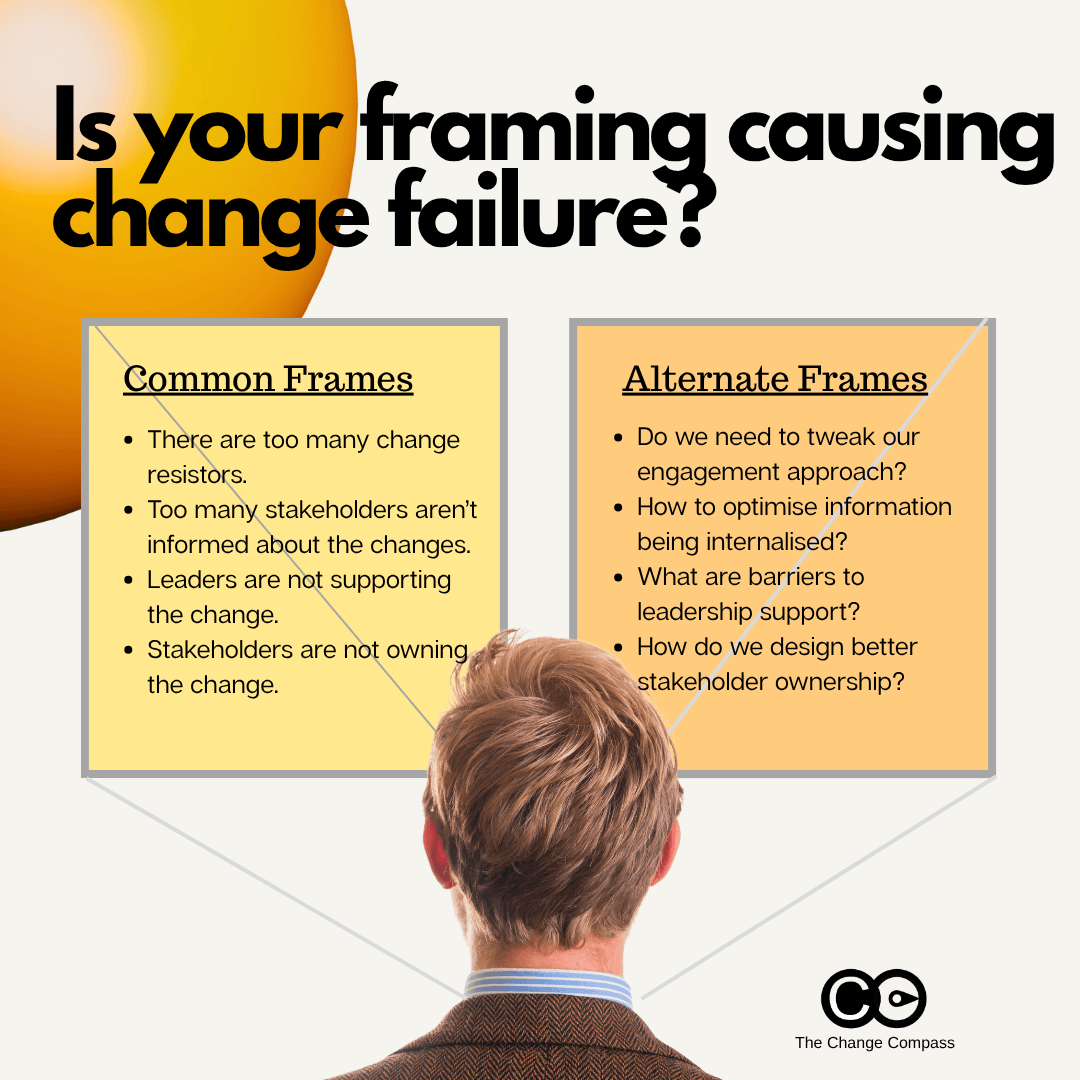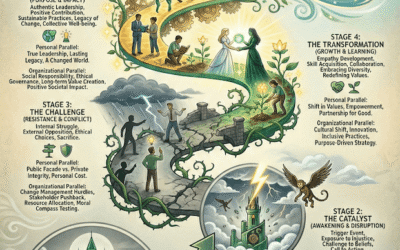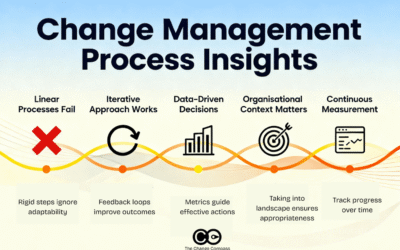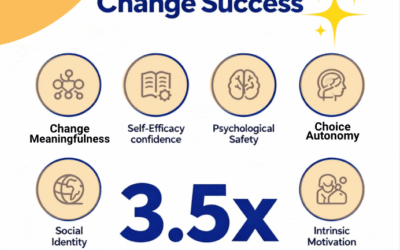Wrestling with Pigs – Why Change Leaders Get Stuck in the Mud
As change and transformation professionals you know the feeling: you’re deep in a change initiative, but progress is elusive. No matter how many workshops you run, how many stakeholder meetings you hold, or how many communications you send, the same issues keep resurfacing. The team feels exhausted, yet the problem remains – like wrestling with a pig, you end up covered in mud and no closer to a solution.
This vivid metaphor, drawn from Pete Lindsay’s Pig Wrestling, captures the frustration of grappling with persistent organizational challenges. The core message is clear: wrestling with problems using the same perspective and tactics only leads to fatigue and frustration, not progress. The mud represents the confusion, emotional drain, and sense of futility that accompanies repeated, ineffective attempts at problem-solving.
Recognising the Signs of “Pig Wrestling”
Before you can escape this cycle, it’s crucial to recognize when you’re stuck in it. Lindsay and Bawden describe several telltale signs:
- You’ve tried every solution you can think of, but nothing works.
- The problem feels endless – no matter what you do, it persists.
- You and your team feel drained, demotivated, and stuck.
These symptoms are not just signs of a tough challenge – they’re indicators that you may be framing the problem incorrectly from the outset. When we approach issues from a limited or habitual perspective, we inadvertently block ourselves from seeing new angles or opportunities. As a result, our efforts amount to little more than wrestling a pig: exhausting, messy, and ultimately unproductive.
The Trap of the “Wrong Frame”
Every organization has its share of recurring “problems”:
- There are too many change resistors.
- Too many stakeholders aren’t informed about the changes.
- Leaders are not supporting the change.
- Stakeholders are not owning the change.
These statements are familiar to anyone leading transformation. Yet, according to Pig Wrestling, these are often not the real problems but rather symptoms of a deeper issue: a restricted or flawed framing of the challenge. When we define the problem too narrowly or accept it at face value, we limit our ability to find effective solutions.
Why We Get Stuck
The reason we get trapped in this cycle is psychological as much as organizational. Humans are wired to seek patterns and rely on past experiences. When faced with a stubborn issue, we tend to double down on what we know, trying variations of the same approaches. This creates a feedback loop: the more we struggle, the more entrenched we become in our current view, and the less likely we are to see the problem from a fresh perspective.
Pig Wrestling challenges us to step back, question our assumptions, and “clean” our thinking. Only by reframing the problem – by stripping away the mud of our biases, stories, and habitual responses – can we unlock new solutions and drive meaningful change.
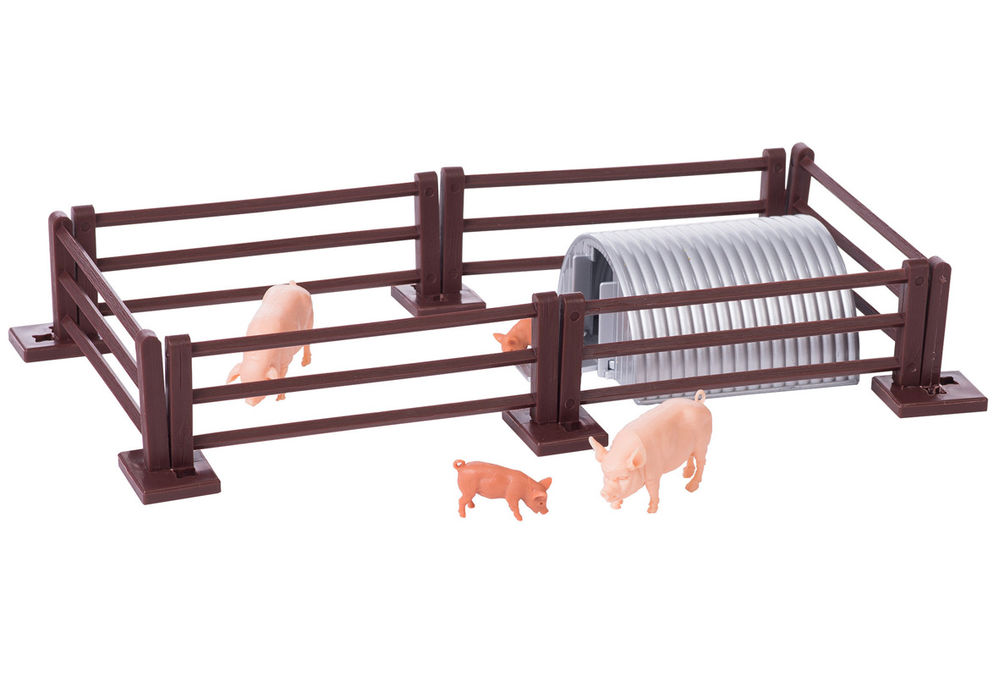
Cleansing the Problem – Reframing the Four Classic Change Challenges
Transformation leaders are often confronted with recurring “problems” that seem intractable: too many change resistors, uninformed stakeholders, disengaged leaders, and lack of stakeholder ownership. According to Pete Lindsay’s Pig Wrestling, these are often not problems in themselves, but symptoms of how we’ve chosen to frame the challenge. By cleansing the problem – stripping away assumptions and viewing it from new angles – we can unlock more effective solutions.
1. “There Are Too Many Change Resistors”
The Trap:
It’s easy to label widespread resistance as a people problem or a sign of cultural inertia. This framing assumes resistance is an obstacle to be overcome, rather than a signal to be understood.
Reframe the Problem:
Ask: What are people really resisting? Are they lacking information, skills, or a sense of security? Is the pace or nature of change overwhelming? By reframing, resistance becomes a source of insight rather than frustration.
Recommendations:
- Listen and diagnose: Use structured listening sessions and feedback tools to uncover the root causes of resistance. Often, resistance points to unmet needs or unaddressed fears.
- Clarify the “why”: Ensure that the business reasons for change are clearly communicated and tailored to different groups.
- Empower ownership: Shift focus from “overcoming resistance” to “enabling participation.” Involve resistors in solution design, making them co-creators rather than obstacles.
- Invest in training and support: Resistance often stems from a lack of confidence or skills. Comprehensive onboarding, upskilling, and just-in-time support resources can ease anxiety and build capability.
2. “Too Many Stakeholders Aren’t Informed About the Changes”
The Trap:
This framing assumes information alone is the issue, and the solution is simply to communicate more. But information overload, unclear messaging, and lack of targeted communication can all contribute to the problem.
Reframe the Problem:
Ask: Are stakeholders receiving the right information, at the right time, in the right way? Is the communication two-way, allowing for feedback and clarification?
Recommendations:
- Segment and tailor communication: Not all stakeholders need the same information. Map stakeholder groups and customize messages to their interests and concerns.
- Engage early and often: Involve stakeholders in the planning and decision-making process from the outset, not just during rollout. Use surveys, focus groups, and regular updates to foster transparency and trust.
- Enable dialogue: Move beyond broadcast communication to two-way channels – Q&A sessions, feedback loops, and forums for open discussion.
- Leverage data: Track engagement with communications (open rates, feedback, participation in sessions) to identify gaps and adjust strategies in real time.
3. “Leaders Are Not Supporting the Change”
The Trap:
It’s tempting to see lack of leadership support as a personal failing or lack of commitment. This framing can breed frustration and blame, rather than constructive action.
Reframe the Problem:
Ask: What barriers are preventing leaders from engaging? Do they lack clarity on their role, feel excluded from planning, or have competing priorities?
Recommendations:
- Clarify expectations: Define and communicate the specific actions and behaviours expected from leaders at each stage of the change process.
- Provide support and resources: Equip leaders with the information, tools, and training they need to champion change. This includes regular briefings, leadership coaching, and peer support networks.
- Model the change: Leaders must visibly demonstrate the mindsets and behaviours required for success. Celebrate and publicize leadership actions that align with the change vision.
- Create accountability: Build change leadership into performance objectives and reward systems, ensuring leaders are recognized for their role in driving transformation.
4. “Stakeholders Are Not Owning the Change”
The Trap:
This problem is often framed as a lack of motivation or engagement among stakeholders, leading to frustration and disengagement among change leaders.
Reframe the Problem:
Ask: Have stakeholders been given real opportunities to shape the change? Is there a sense of shared ownership, or are they passive recipients of decisions?
Recommendations:
- Co-create solutions: Involve stakeholders in designing and implementing change initiatives. Collaborative decision-making builds ownership and accountability.
- Foster shared purpose: Communicate how the change aligns with stakeholders’ values and goals. Make the benefits tangible and relevant to their daily work.
- Recognize and celebrate contributions: Publicly acknowledge stakeholder input and successes, reinforcing their role as partners in the change journey.
- Monitor and adapt: Use data to track stakeholder engagement and adjust strategies as needed. Regular feedback and course correction keep stakeholders invested and empowered.
By cleansing and reframing these four classic problems, transformation leaders can move from wrestling with pigs – stuck and exhausted – to leading purposeful, energizing change.
The Practical Application – Problem Cleansing in Action
For transformation and change professionals, the real power of Pete Lindsay’s Pig Wrestling lies in translating the “problem cleansing” mindset into daily leadership practice. The framework is not just a metaphor; it’s a practical toolkit for breaking free from the mud of persistent challenges and unlocking new pathways to change. Here’s how to apply the principles of problem cleansing, step by step, to the four classic change problems.
Step 1: Step Back and Observe
Before diving into solutions, pause. Take a step back from the “mud” and observe the problem objectively. Ask yourself:
- Is this truly the problem I need to solve, or am I reacting to symptoms?
- What assumptions am I making about this situation?
- Have I seen the reality on the ground, or am I relying on second-hand accounts?
This initial pause is essential for gaining perspective and avoiding the trap of habitual responses.
Step 2: Remove the Frame – Challenge Your Assumptions
Every problem is surrounded by a “frame” – the stories, biases, and judgments we attach to it. To cleanse the problem, deliberately remove that frame:
- What labels have I applied to people or situations (e.g., “change resistors”)?
- What if my current framing is limiting my options?
- How might others involved describe the problem differently?
Empathy is critical here. Seek to understand the perspectives and motivations of all stakeholders, especially those you might have labeled as obstacles.
Step 3: Gather the Facts – Separate Data from Story
With the frame removed, focus on the facts:
- What is actually happening, as opposed to what I believe is happening?
- What data do I have, and what data do I need?
- When does the problem occur, and when does it not?
For example, if you believe “too many stakeholders aren’t informed,” review actual communication metrics, feedback, and engagement data. Are there patterns or exceptions that challenge your assumptions?
Step 4: Explore Exceptions – When Is the Problem Not a Problem?
One of the most powerful techniques in the Pig Wrestling approach is to look for exceptions:
- Are there times or contexts where the problem doesn’t appear?
- What’s different about those situations?
- Can those conditions be replicated or scaled?
If “leaders are not supporting the change,” are there instances where certain leaders are engaged? What enables their support, and how can those enablers be extended to others?
Step 5: Define a More Solvable Problem
After gathering facts and exploring exceptions, redefine the problem in a more actionable way:
- Instead of “too many change resistors,” the problem might become “we lack early feedback loops to understand concerns.”
- Instead of “stakeholders are not owning the change,” it could be “our process does not provide meaningful opportunities for stakeholder input.”
A well-cleansed problem statement is clear, specific, and focused on factors you can influence.
Step 6: Experiment and Iterate
Apply new solutions based on your cleansed problem definition. Use data to monitor outcomes and remain open to further reframing if progress stalls. The Pig Wrestling framework encourages short cycles of experimentation and reflection, rather than long, exhausting battles with the same muddy challenge.
Integrating Data and Evidence
Throughout the process, data is your ally. Use it to:
- Test assumptions and challenge stories.
- Identify patterns, exceptions, and leverage points.
- Measure the impact of interventions and adapt in real time.
For example:
- Track resistance levels before and after targeted listening sessions.
- Measure stakeholder engagement with different communication channels.
- Analyze leadership behaviours and their correlation with team adoption rates.
Building a Culture of Problem Cleansing
Finally, embed these practices into your team:
- Encourage curiosity and challenge habitual thinking.
- Reward reframing and creative problem definition.
- Use coaching and reflective practices to help teams step back, remove frames, and focus on facts.
Problem cleansing is not a one-off exercise but a continuous discipline. By applying these steps, you’ll move from wrestling with pigs to leading purposeful, sustainable transformation – no mud required.
“When you wrestle with a pig, you get dirty and the pig enjoys it. But when you clean your thinking, you create the change you need.”
